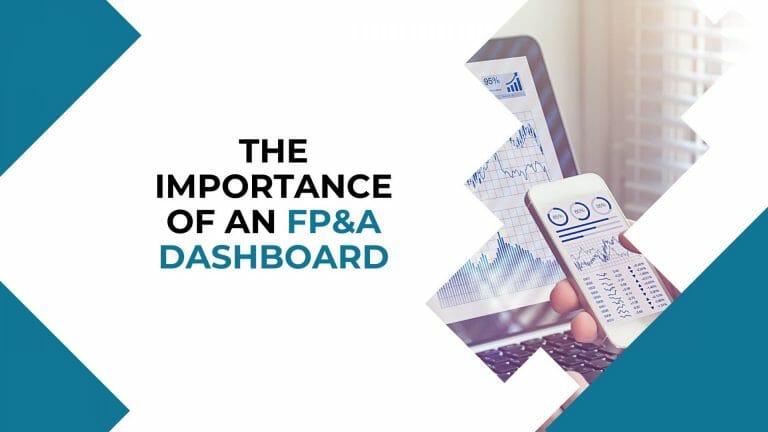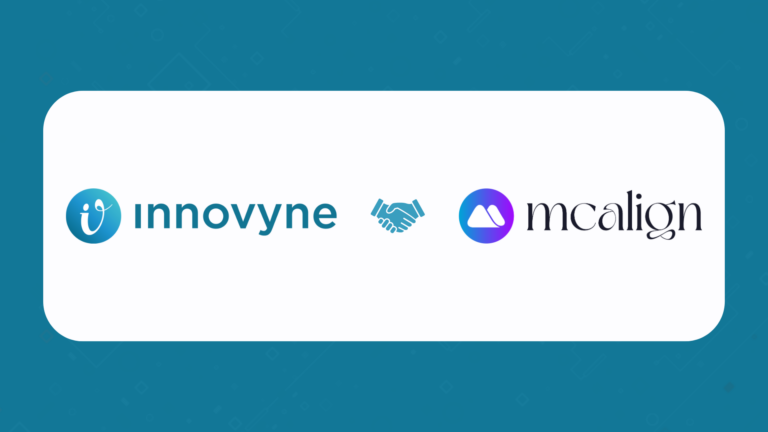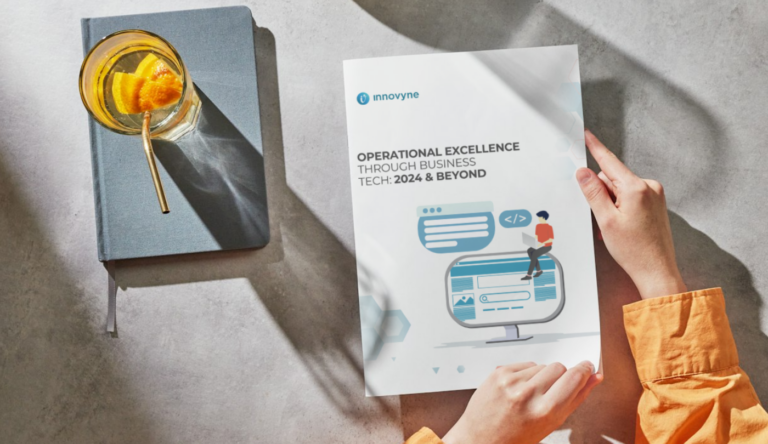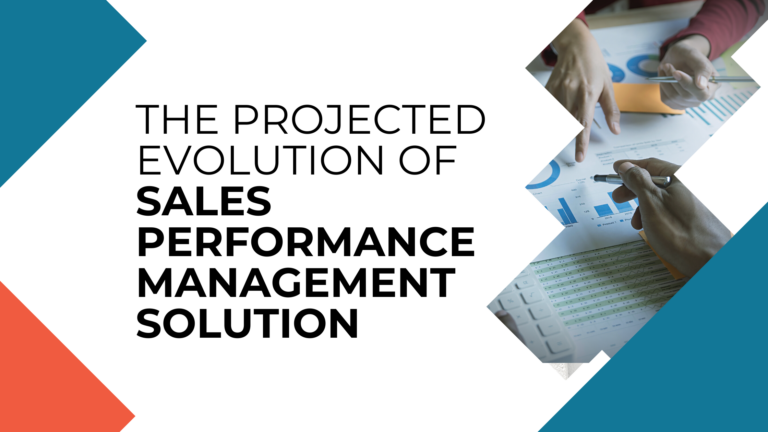Keeping track of financial metrics to monitor performance has been going on since the days of traders conducting business using the abacus. The simplest financial metric that most people used for centuries was raw profit. Do you have more money in your pocket at the end of the month than you did at the start of the month? If the answer was yes, you’re deemed successful! If not, you have to make some adjustments to your prices and perhaps hire a barker or two to get the word out on street corners. As the world got into the modern age with the industrial age coming and going, business owners realized that there were more things to keep track of besides raw profit.
The bigger picture came into focus as there were KPI’s (or Key Performance Indicators) to look for as these indicators directly correlated with profit, revenue, and other macroeconomics that covered the breadth of how well a business was doing. Traditionally, quarterly business financial reports would give the business owners a clear picture of how they were doing overall and how they were doing in certain metrics. With the advent of computers, the internet, and current technology, waiting for the quarterly reports isn’t required these days as the rise of the Financial Dashboard is slowly replacing the methodology of old.
What Is A Financial Dashboard?
The Financial Dashboard is a computer software tool that keeps an overview of current financial data metrics within reach at all times. The Dashboard can be custom-tailored to the specific metrics unique to each business, as like snowflakes, no two businesses are exactly alike. The Dashboard software analyzes the raw numbers that are entered into the program with each transaction (sales, raw material purchasing, payroll, etc.) as these numbers are updated in real-time. It then picks out the most important data.
The Dashboard displays the data in an easy-to-read format, and the report is easy to understand from both a financial and non-financial perspective. This “everyman” concept of concise reporting makes the Dashboard a viable tool for those outside of the department, such as board members, stakeholders, and corporate officers, to review and understand how the company is doing “on paper”.
Why are dashboards a powerful tool in FP & A?
To understand the true power of the Financial Dashboard, we must look back to older methods of financial planning and analysis to get a sense of where we are now. Businesses back then (as they do now) had many departments that operated under the company umbrella. Buying materials for manufacturing purposes (or raw materials) was considered purchasing. The department that oversaw what the business owed was termed “Accounts Payable.” There were other departments such as accounts receivable, sales, payroll, legal, marketing, etc.
These individual departments would keep their own records and every three months, they would turn in all of these records to the Accounting department. It was the accounting department’s job to compile all of these records and tabulate them into working shape or running number drafts. The accountants would then take these numbers and create what are now known as quarterly financial statements, such as P&L sheets, income statements, and other forms that would be released to the public and the SEC (Securities & Exchange Commission) if the company was publicly traded.
Think of how many man-hours it would take for a team of accountants to take each piece of financial data (receipts, memos, invoices, etc.) and construct these quarterly reports. This is where the real strength of a financial dashboard comes into play, as the dashboard takes the place (labor-wise) of these accountants. Instead of the individual departments holding on to each scrap of data and just dumping it onto their accountants’ laps every three months, the departments can instead input the data in real-time into the software for the Dashboard to keep track of it as it comes in. This takes the onus off of the accountancy department in terms of data compilation and also provides a current snapshot of the financial numbers in real-time.
There are certain caveats that also come into play with this method. Businesses should always keep every original medium of financial data (receipts, memos, invoices, etc.) for tax-keeping purposes in case of an IRS audit. Ultimately, the accountancy department will still go through the raw data as always at quarter’s end, but the purpose will be different as they will just look for any discrepancy between what was inputted into the software and what was on the original document. That leads to the other caveat that mistakes sometimes happen, as users may input the wrong amounts into the software, or perhaps they may forget to input a transaction when it happens. This is also the reason that accountants have to double-check the work before compiling the reports at the end of the quarter. With that being said, the ability to check how the business is doing at a moment’s notice from a financial perspective is the ace in the hole that a Financial Dashboard gives to a business.
What We Measure, We Become: The Importance of Choosing the Right KPIs
As mentioned above, the Financial Dashboard is customizable to showcase relevant KPIs for your business. What is deemed relevant is down to your individual business and what you’re focused on numbers-wise. If taxes are not a big concern and you are just focused on how well the business is doing pre-tax, the Gross Profit Margin Percentage is a KPI that will deliver those results. If a business wants to include taxes paid within that metric, then the net profit margin percentage would be the better choice. There are KPI’s for almost any scenario a business needs to keep track of, such as Operating Profit Margin Percentage, Operating Expense Ratio, CFO Dashboard, Financial Performance Dashboard, Financial KPI Dashboard, Profit & Loss Dashboard, and Cash Management Dashboard. The overall message of using KPI reports is to use the ones that are most applicable to your business. As the famous saying goes, “You can’t see the forest from the trees,” and your departments will only focus on those KPIs that are driving their efforts.
Reasons to Ditch the Old FP & A Reports
There are many reasons to switch to a financial dashboard from the old methods, as we’ll outline below. As mentioned above, it doesn’t quell the huge influx of boxes of financial data into the accounting department every three months, but it does change the scope of what the work will entail for the team when they do get those boxes. The bigger reason for the switch would be the near-instant ability to look at the current numbers to gauge how well the business is doing and what changes would need to be made. Troubleshooting underperforming metrics will also be simpler as the business can pinpoint exactly where the kink in the financial line happens to be.
Conclusion
Business Financial Planning & Analytics will always retain certain methodologies when it comes to data compilation and reporting. Financial Dashboards don’t look to completely replace those methods, but should be used as an addendum to improve those methodologies and to provide businesses with real-time information to make informed decisions.



